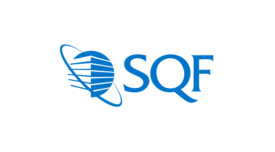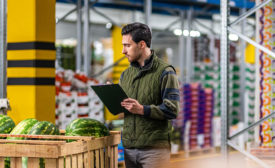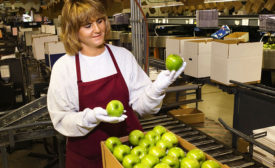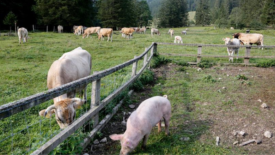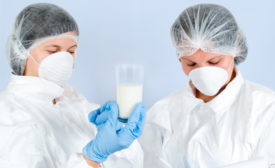Home » Keywords: » suppliers
Items Tagged with 'suppliers'
ARTICLES
Building and maintaining relationships with key stakeholders are integral to ensuring food safety and driving continuous improvement for your business
Read More
Supplier Collaboration on Food Safety Issues
When suppliers and customers partner together effectively, issues are resolved more quickly and with better outcomes
December 16, 2024
Tips to Overcome Supply Chain Challenges for Food Manufacturers
Many facilities have moved from "just in time" to "just in case" inventory management, which translates into a need for additional storage capacity
August 7, 2023
Supplier Food Safety: Boots on the Ground and Going Beyond the Checklist
A higher level of risk assessment requires a closer level of supplier scrutiny
June 8, 2022
How will coronavirus impact supply chains?
Expert offers insights on how the coronavirus will impact logistics and how companies can mitigate issues.
March 11, 2020
Study: Food safety issues carry increasingly high risks for suppliers
While the industry’s ability to detect food-related outbreaks has increased, until traceability improves, this improved detection increases the risk of future advisories.
May 13, 2019
Never miss the latest news and trends driving the food safety industry
eNewsletter | Website | eMagazine
JOIN TODAY!Copyright ©2025. All Rights Reserved BNP Media.
Design, CMS, Hosting & Web Development :: ePublishing


